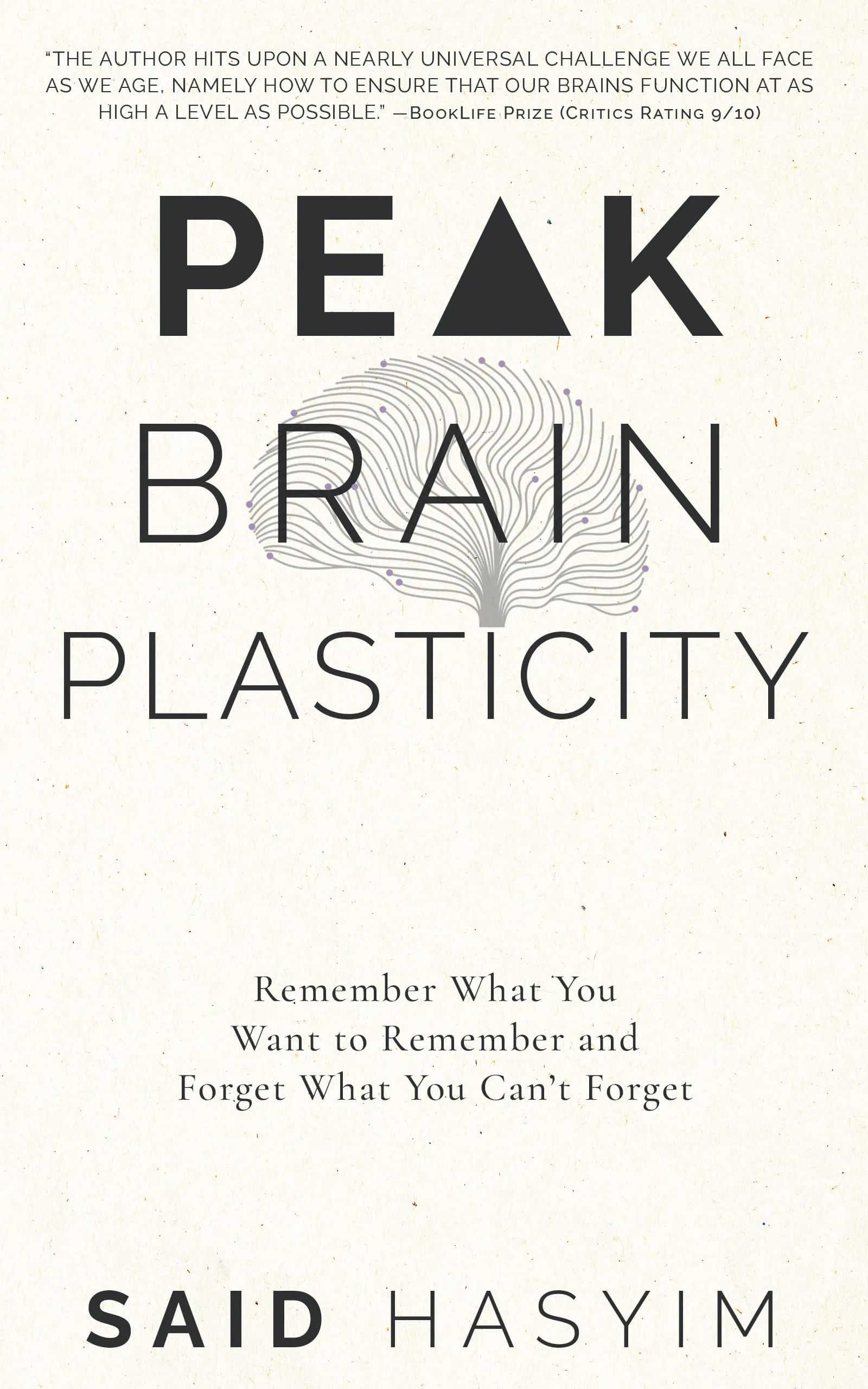The Power of Visual Memory Techniques and Strategies
Memory is one of our most valuable cognitive assets. In a world overflowing with information, leveraging our memory effectively can make a significant difference in both personal and professional spheres. While there are various methods to enhance memory, visual techniques stand out due to their powerful and engaging nature. In this post, we'll explore the fundamentals of visual memory techniques and how they can substantially improve your recall abilities.
Understanding Visual Memory
Visual memory refers to the ability to remember or recall information that we have previously seen. It is the brain's way of encoding images, colors, shapes, and spatial relationships into long-term memory. Research suggests that humans can remember a significant percentage of what they see, much more than what they hear or read.
The foundational concept of visual memory is that we tend to remember images better than words. This phenomenon is attributed to several cognitive processes, including:
Dual Coding Theory: This theory posits that information is better remembered when it is encoded through both visual and verbal channels. When we create a mental image for a particular piece of information, we reinforce our recall by using two distinct pathways in our memory.
Imagery and Emotion: Visual imagery can evoke emotions. Stimulating emotional responses can make information more memorable. For instance, you’re more likely to remember a vivid image of a joyful event compared to bland text detailing the same scenario.
Spatial Memory: Our brains are wired to navigate physical spaces. Utilizing this feature to organize information visually can aid in recall. Spatial memory helps us remember locations, routes, and the arrangement of information in ways that purely verbal representations cannot.
Key Visual Memory Techniques
1. Mind Mapping
Mind mapping is a technique where you create a diagram that visually organizes information. Starting with a central concept, branches extend to related topics or ideas. This method allows you to establish connections between pieces of information, enhancing both comprehension and retention.
Tips for Mind Mapping:
- Use different colors to represent various branches or concepts.
- Incorporate images and symbols to make the map more engaging.
- Keep it organized, ensuring that it’s not cluttered.
2. The Method of Loci
Also known as the memory palace technique, the method of loci involves imagining a familiar place, such as your home. You mentally "place" memories or pieces of information in specific locations within that space. When you want to recall the information, you visualize walking through the place and retrieving what you've stored there.
How to Use the Method of Loci:
- Choose a location you're intimately familiar with.
- Select distinct spots within that space for each item you want to remember.
- Create a vivid image related to the piece of information and associate it with the location.
3. Visualization and Imagination
Creating vivid, imaginative images is one of the most effective ways to boost memory. By conjuring up imaginative scenarios that relate to the information you’re learning, you can create a more lasting impression.
Strategies for Effective Visualization:
- Exaggerate the visuals to make them more memorable.
- Create stories around the visual images, linking them in absurd or unexpected ways.
- Use all five senses if possible to enhance the experience.
4. Chunking Information
Chunking involves breaking down large amounts of information into smaller, manageable groups or "chunks." This technique is especially useful when trying to remember lengthy lists, numbers, or complex information.
How to Implement Chunking:
- Identify logical connections or common themes in the information.
- Group related items together, creating a visual representation for each chunk.
- Remember that we can typically retain around 7±2 chunks of information.
5. Drawing and Doodling
Putting pen to paper can be a remarkably effective way to engage your visual memory. Drawing or doodling related to the subject matter helps you process and encode the information more deeply.
How to Engage in Effective Doodling:
- Doodle concepts, diagrams, or symbols that relate to the material.
- Don’t focus on artistic quality; aim for clarity in representing ideas.
- Combine words and images to reinforce the connection.
Tips for Enhancing Visual Memory
Practice Regularly: Like any skill, enhancing your visual memory takes practice. Incorporate visual techniques daily to reinforce their effectiveness.
Stay Curious: Engage with your learning material actively. Ask questions, seek connections, and explore topics you’re passionate about.
Utilize Technology: Leverage tools such as digital mind mapping software or graphic design applications to enhance your visual recall process.
Form Associations: Connect new information with existing memories. The stronger the association, the easier it will be to retrieve the information later.
Maintain Good Health: Physical health significantly impacts cognitive function. Ensure adequate sleep, nutrition, and exercise to support your memory processes.
Conclusion
Embracing visual memory techniques can revolutionize the way we learn and recall information. By engaging in practices such as mind mapping, visualization, and doodling, we not only enrich our memory performance but also make the learning process more enjoyable and effective. As we continue to navigate a world punctuated by information overload, honing our visual memory strategies will empower us to thrive, retain knowledge, and foster innovation.
So, take the leap and start incorporating these techniques into your daily routine—your memory will thank you!
Harness the Power of Neuroplasticity
Discover Peak Brain Plasticity, a practical book to harnessing neuroplasticity. Enhance your memory, learn new languages quickly, and alleviate anxiety with effective study methods. Uncover daily habits that impact cognitive health and explore techniques for accelerated learning and memory retention. Unlock your brain's potential for growth and transformation.
